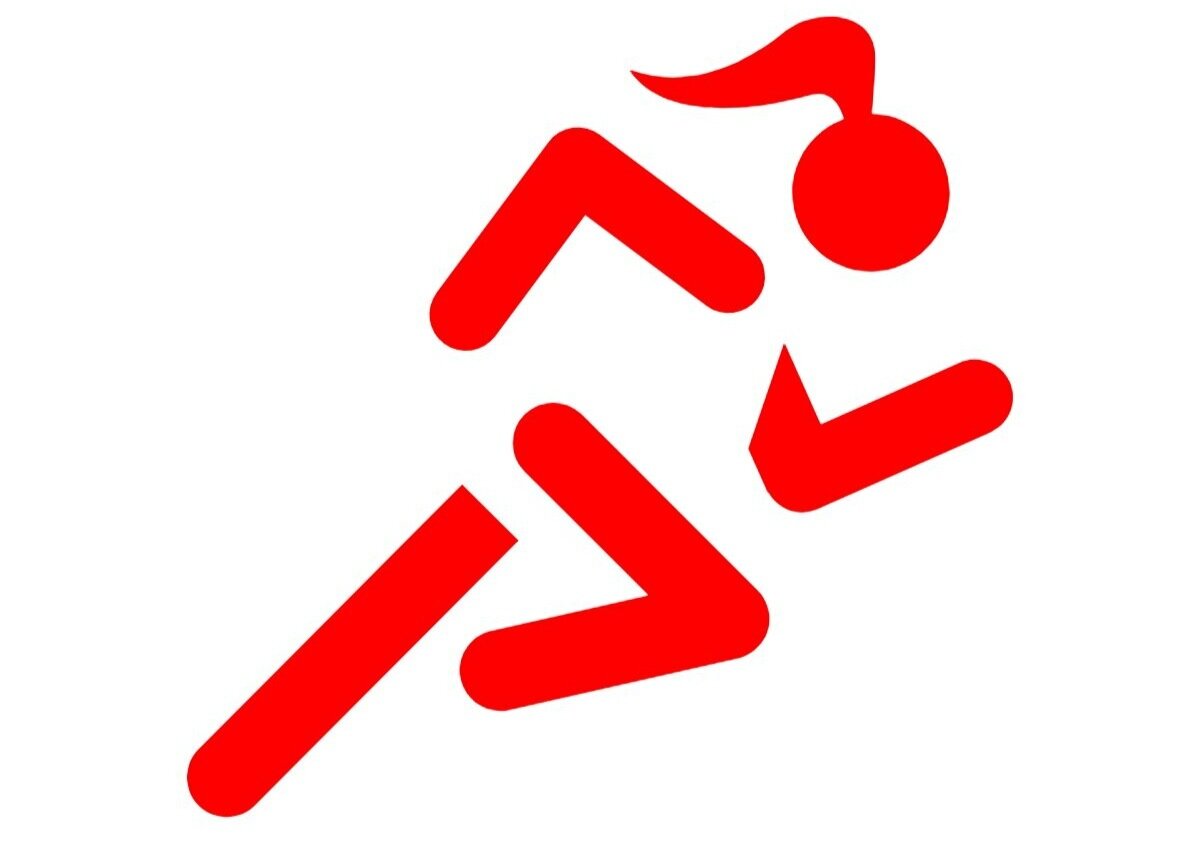Sports Massage
Me (reviewing client questionnaire): so, what sports do you do?
Client: Umm, well, I don’t really do sports, I just thought I had to say that because I’ve booked a sports massage.
Client 2: I’m not very sporty so is it OK that I booked sports massage? I wasn’t really sure, but my friend said I should book one.
Me: Of course. It’s not just for sports people. How can I help you?
This is one of the most common questions that I get asked. There is a world of confusion out there and that doesn’t even get started on the benefits or the whys and whens you should get one. In fact, even in the last 6 years since I’ve been practising I’ve learnt new techniques and to help resolve the confusion there is a move to change the name to Soft Tissue Therapy – enabling, perhaps a better understanding of the broad range of treatment that is provided.
Sports massage is a type of deep tissue massage (one that is directed at the muscles of your body) that adds on some additional techniques. A key aspect of a trained sports massage therapist is that treatment is aimed at understanding and treating the cause of any aches and pains as well as the symptoms.
Expect some long strokes (think fists and elbows) as well as some additional pressure on specific areas and some stretching and movement to asses/encourage a full range of movement at joints. There may also be some myofascial work – not always deep into the muscles, but really effective at enabling full and easy movements.
It definitely isn’t just for sports people – some of my regular clients include regular migraine sufferers, desk bound workers with stressful jobs as well as athletes and those wanting to get active for specific events.
If you’re feeling regular aches or have developed a feeling of tension (most commonly felt across the top of the shoulders) you will feel the benefit of sports massage. It can also act to help you to relieve stress and generally relax.
What can you expect at an appointment? Essentially there are three elements to a treatment:
Assessment: question based, and you may be asked to perform certain movements
Treatment: this is usually hands on, but you may be asked to move, as well as having your therapist move you.
Advice: Some exercises or movements to allow you to continue to improve your movement and recommendations for follow up treatment.
Never forget that you can ask your therapist if you’re unsure about the treatment and give feedback if anything feels uncomfortable.
